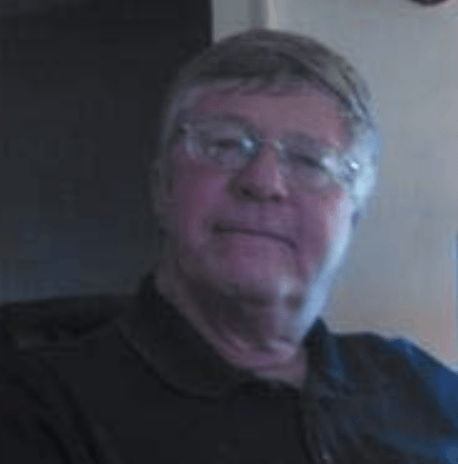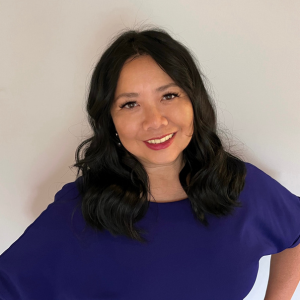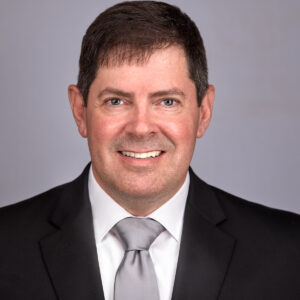Broadening the Business: How One Facility Operator Knocked Down His Walls
In 2005, D. Keith Perry was facing a dilemma that afflicts many long-term care providers: “Our two campuses were anchored by nursing homes that were showing their age—one 30 years old and one 40 years old. Our newer facilities were doing quite well, but fear is a great motivator. I asked myself: Why are we spending all this time, energy, and money to provide bricks and mortar serving the few? Only a few elderly people end up in our facilities—90% of them stay home for most of their lives. Why weren’t we doing anything to serve that 90%?”
Perry, who is president/CEO of Sears Methodist Retirement System (SMRS), based in Abilene, Texas, decided to develop a three-year plan to assist older people in their homes. SMRS began its community-based expansion in 1996, eventually developing four CCRCs, two dementia/Alzheimer’s facilities, two affordable retirement housing complexes, one geriatric education and care center, two home healthcare companies, one hospice, one rehabilitation company, and a specialty services unit. But Perry wanted to provide more “stay-at-home” services to serve the large population of elderly in Abilene and Tyler and make sure that they and their families were aware of the institutional offerings SMRS always had available when needed.
The key to this broadening of the business, Perry thought, was technology—specifically, the fast-growing world of communications technology enabling people to stay safely at home as they age. “The initial planning process took about a year and a half,” says Perry. “We put together a task force of administrators and some of the stronger nurses and asked them to review the technologies that were available in the marketplace in terms of usefulness, affordability, and ease of use.” After screening the offerings of several companies, Perry says his team identified a variety of devices that “were useful, made sense, were easy to install and operate, and were inexpensive. It was just a matter of pulling them together.”
Which took some doing because all the companies were acute care–oriented, some were in beta testing, and most were dealing in relatively small numbers. None had given any thought whatsoever to the senior market. “We drew a picture for them of where the senior market was going—its numbers, its wealth. It was sort of a lightbulb moment for them,” Perry recalls. But to fully develop that market, their devices had to work together.
This meant that the companies had to share proprietary information. After calling them together and conducting negotiations to get them to agree to this in principle, Perry took a crucial next step: He did a next-day conference call with the C-level executives and their IT chief techs at all the companies to focus them on the common challenge. “Human nature being what it is, I didn’t think this would get done on its own once these busy people got back to their offices, so we followed up to make sure. And as they continued to focus on this market, they started to move out of their silos.”
Emerging from this integration—and still in beta development—is a suite of technologies called SeniorSafe@Home that passively monitors physical functions—25, in all—including cardiac function, blood sugar, blood oxygen, wound healing, and medication use, in real time 24/7. Normative parameters are built in for each individual, with out-of-norm values sounding an alarm for centrally located nursing staff to pursue via phone, call to the family physician, or home visit. Families can also track how their loved one is doing from anywhere in the world via a secure Web site.
Sheri Easton-Garrett, RN, MSN, interim CEO of SeniorSafe@Home, takes up the story from the nursing standpoint: “In applying this approach, we asked ourselves, what should we address first? In focus groups and literature reviews, we identified that injury suffered at home because of falls was a good candidate for starters. One in three home-dwelling elderly fall every year. If there is some way to identify this event and get to the person early, his or her chances of staying home safely are that much greater. We tested fall sensors and then integrated their use with our in-home rehabilitation. This addressed people’s ‘fear of falling syndrome’ and helped the rehab program to restore function more quickly. The next primary area of use is medication monitoring and automatic dispensing according to schedule, which we are using in assisted living.”
Because this is a cutting-edge approach for long-term care, Easton-Garrett has spent time assessing people’s reactions to the new technology. She notes that people want to have it installed when they’re in an acute situation, but removed when they’re not. Although they’re accepting of wireless sensors monitoring various bodily functions—if only to afford their watchful kids some peace of mind—they tend to be wary of video telehealth equipment in particular, she notes. Although the cameras cannot be activated without the home-dweller’s consent and participation, seniors don’t believe this is true and sometimes cover the camera lens. Another challenge, she says, is that people don’t like having their familiar telephones—old-fashioned dial-operated and all—replaced by the “fancy” new emergency response phones. “It may be cool technology but, to them, you’ve taken something away that was theirs and you’ve reminded them that they’re getting older,” she adds
.
SMRS has been working on a screening program that will predict how “technology friendly” people will be and how much teaching or other intervention they might need to accept it and use it appropriately. “The important thing is to be flexible according to their individual needs,” Easton-Garrett says.
Perry says that the home-dwelling elderly involved in developing this program are getting used to having technology be part of their lives. He even tells them, half jokingly, “You are my guinea pigs. We’re really developing this for the next generation of seniors.” As it stands now, the installed technology packages vary in scope and complexity, depending on need, with charges to residents ranging from $25 a month to $1,200 a month—“which is still more affordable than assisted living,” Easton-Garrett notes, adding that dementia residents using this approach can spend as many as 18 months longer at home than they would without it, thus saving that much more in long-term care facility expenses.
SMRS is packaging and marketing SeniorSafe@Home in local not-for-profit investor facilities this fall and nationally in 2008.
Adopting this approach will take some changes in mind-set by providers, Easton-Garrett says: “I’ve heard providers say that if we do this, people won’t come to our facilities. But it’s like a retirement portfolio—they need to diversify. It’s another option they can offer to people who, for the most part, are staying home anyway.”
As Perry concludes, “This will allow us to reach seniors 10 years earlier than we do now.” In short, it’s not a threat, it’s an opportunity. n
For more information on SeniorSafe@Home, phone (325) 691-5519. To send your comments to the author and editors, e-mail 2peck0507@nursinghomesmagazine.com.

Richard L. Peck was editor in chief of I Advance Senior Care / Long-Term Living for 18 years. For eight years previous to that, he served as editor of the clinical magazine Geriatrics. He has written extensively on developments in the field of senior care and housing.
Related Articles
Topics: Articles , Facility management , Operations











